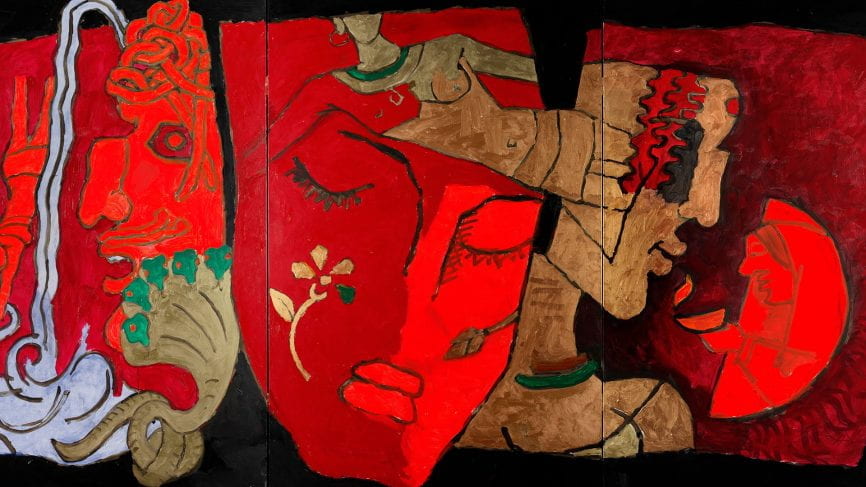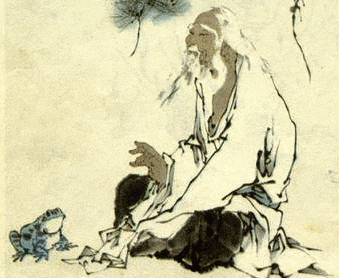Tag Comparative History
By guest contributor Josey Tom If the creation of subfields within a discipline indicates its development rather than its demise, then political theory is expanding and glowing in a new light. Founded in the mid-1990s, the sub-field known as Comparative… Continue Reading →
by guest contributor Edmund G. C. King It’s just after 10 am on a dingy December morning in London as I approach Canada Water underground station. The morning rush hour crowds have receded, leaving only their wet footprints on the platform… Continue Reading →



